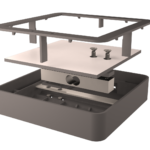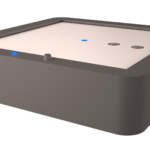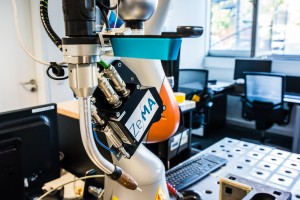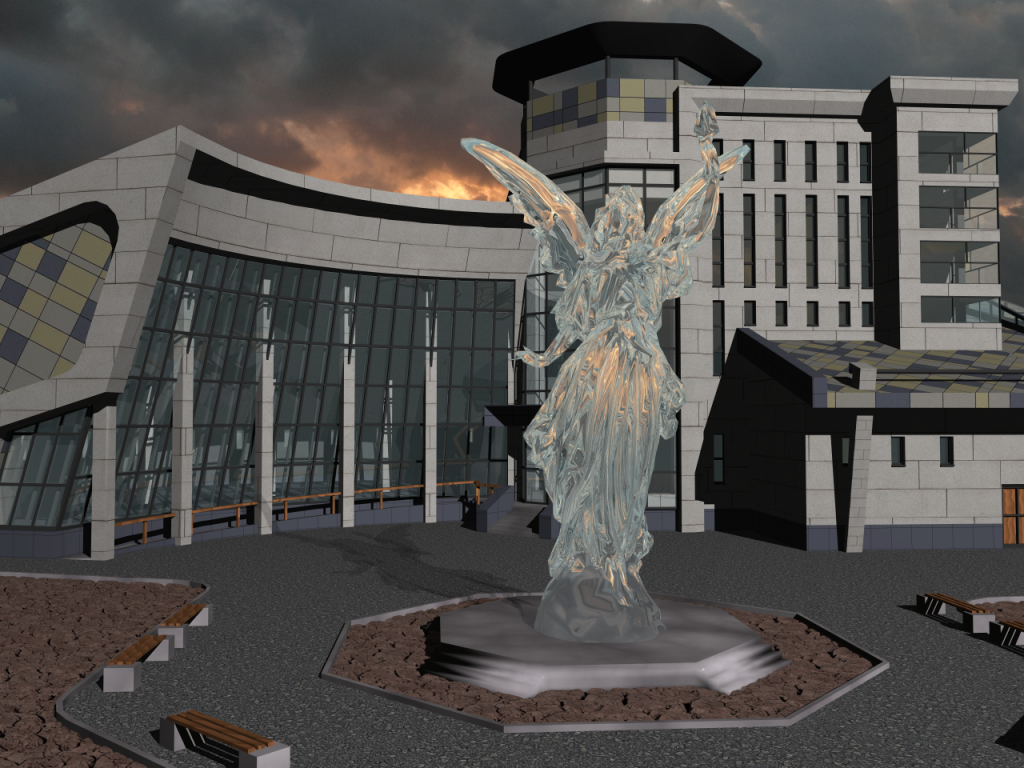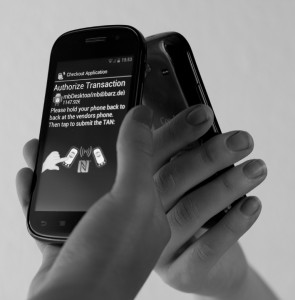WaterCoaster: A Device to Encourage People in a Playful Fashion to Reach Their Daily Water Intake Level
The WaterCoaster started as a seminar project (Gamified Life) comprising the design of a hardware prototype and a mobile app measuring the water intake of humans. Applying gamification elements, we wanted to persuade the user to drink more frequently and to drink a healthier amount of water during work time. We published the results as late breaking work at CHI 2016
- Wireframe model created with AutoCAD
- Rendering of the prototype (exploded view)
- Rendering of the prototype (assembled)
- Picture of our prototype


